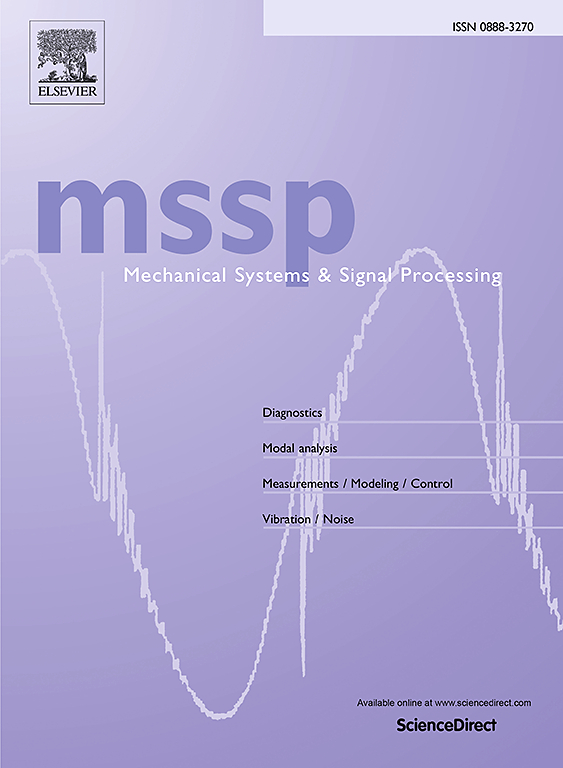Digital twin modeling Enabling structure full field data reconstruction by Variable fidelity data fusion
IF 7.9
1区 工程技术
Q1 ENGINEERING, MECHANICAL
引用次数: 0
Abstract
Structural health monitoring (SHM) is crucial for ensuring that structures meet operational requirements. However, monitoring large structures often requires a complex and redundant sensor array, which can hinder efficient structural verification. The challenge lies in minimizing sensor redundancy while maintaining accuracy in capturing the structure’s full-field health, particularly in static experiments where sensor placement and data alignment are critical for precise structural monitoring. To address this issue, we propose a Multi-Task Learning-based Variable Fidelity Digital Twin Modeling (MTL-VF-DTM) approach. This method leverages abundant, low-cost simulation stress data in conjunction with a limited number of challenging sensor readings to train a neural network. Additionally, a multi-task learning mechanism is incorporated to achieve stable accuracy improvements when fusing these different fidelity data types. The proposed MTL-VF-DTM framework unfolds in two phases: 1) a Convolutional Autoencoder (CAE) is pre-trained through self-supervised learning to extract features from simulation data; 2) the decoder is co-trained using both measured and simulated data via uncertainty-based multi-task learning to optimize loss weights. Experimental results from the twin modeling of the liquid rocket motor frame and one of its components demonstrate that the proposed approach can rapidly capture full-field structural responses with fewer sensors while significantly enhancing model accuracy.
求助全文
约1分钟内获得全文
求助全文
来源期刊

Mechanical Systems and Signal Processing
工程技术-工程:机械
CiteScore
14.80
自引率
13.10%
发文量
1183
审稿时长
5.4 months
期刊介绍:
Journal Name: Mechanical Systems and Signal Processing (MSSP)
Interdisciplinary Focus:
Mechanical, Aerospace, and Civil Engineering
Purpose:Reporting scientific advancements of the highest quality
Arising from new techniques in sensing, instrumentation, signal processing, modelling, and control of dynamic systems
 求助内容:
求助内容: 应助结果提醒方式:
应助结果提醒方式:


